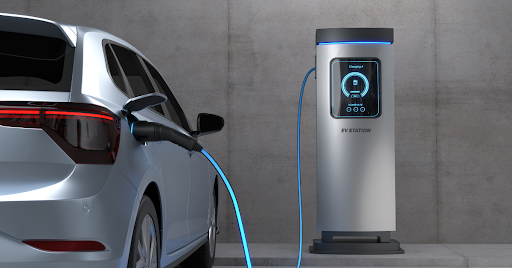As electric vehicles (EVs) become more popular, picking the right EV charging network is essential for making your life easier and reducing any worries about running out of power. With so many options out there, choosing the right one can feel overwhelming. To help you out, here’s a straightforward guide to help you select the best EV charging network and keep your electric vehicle ready for any trip.
1. Understand Your Charging Needs
Before you start exploring different EV charging networks, think about your specific charging needs. Here’s what to consider:
- Daily Commute: How far do you drive each day? If you have a short commute, you might not need to charge as often as someone with a longer drive.
- Travel Patterns: Do you mostly use your EV for short trips, or do you often take longer journeys? For long trips, you’ll need a network with fast-charging stations along major routes.
- Home Charging: Do you have a home charging setup? If so, you might focus on public charging networks for longer trips.
2. Evaluate Coverage and Accessibility
Check how well the EV charging network covers your area:
- Local Coverage: Make sure there are plenty of stations near your home and work to make daily charging easy.
- Highway Coverage: For longer trips, the network should have fast-charging stations on major highways you use frequently.
- International Availability: If you travel abroad, see if the network operates internationally or partners with other networks.
3. Assess Charging Speed and Types
Different networks offer different types of chargers:
- Level 1 Charging: This is the slowest option and usually done at home using a standard 120V outlet. It’s not common at public stations but is useful for home charging.
- Level 2 Charging: Most public and home chargers use 240V Level 2, which balances speed and convenience.
- DC Fast Charging: For quick charging on long trips, DC fast chargers are much faster. Ensure the network has enough of these if you travel long distances often.
4. Network Compatibility
Make sure the network is compatible with your EV:
- Connector Types: Check if the network’s chargers match your vehicle’s connector type (e.g., CCS, CHAdeMO, Tesla Supercharger).
- Payment Systems: Confirm that the network accepts payment methods you find convenient, like credit cards, mobile apps, or membership cards.
5. Check Membership and Fees
Different networks have different payment models:
- Subscription Fees: Some networks charge a monthly or annual fee. Decide if this is worth it based on how often you’ll use the network.
- Pay-Per-Use Costs: If you don’t want a subscription, look at the cost per charge. Compare this with other networks to find the best deal.
- Idle Fees: Be aware that some networks charge extra if you leave your car plugged in after charging is done.
6. Network Reliability and Customer Support
Reliability is key for a smooth charging experience:
- Station Reliability: Look at user reviews to see if the network’s stations are reliable. Frequent issues or outages can be frustrating.
- Customer Support: Good support can make a big difference. Choose networks with responsive customer service in case you need help.
7. Evaluate Integration and User Experience
A good user experience can make charging easier:
- Mobile Apps: Many networks offer apps that show station availability, help with navigation, and handle payments. Pick a network with an easy-to-use app.
- Station Maintenance: Well-kept stations provide a better charging experience. Look for networks known for maintaining their stations well.
8. Check for Incentives and Partnerships
Some networks offer additional benefits:
- Loyalty Programs: Look for networks that offer rewards or discounts for frequent use.
- Partnerships: Networks that partner with others can expand your charging options. Check if the network has any such agreements.
9. Future-Proof Your Choice
The EV world is changing quickly, so think about the future:
- Network Expansion Plans: Choose a network that is growing and investing in new technology. This way, your charging options will keep improving.
- Technological Advancements: Networks investing in the latest technology will likely offer better services as EV technology evolves.
Conclusion
Powerly is the right EV charging network involves evaluating several factors, from coverage and charging speed to compatibility and costs. By understanding your specific needs and considering the aspects outlined above, you can make an informed choice that enhances your EV ownership experience. Whether you’re looking for convenience, cost-effectiveness, or a combination of both, the right EV charging network will keep you on the road with confidence and ease.
